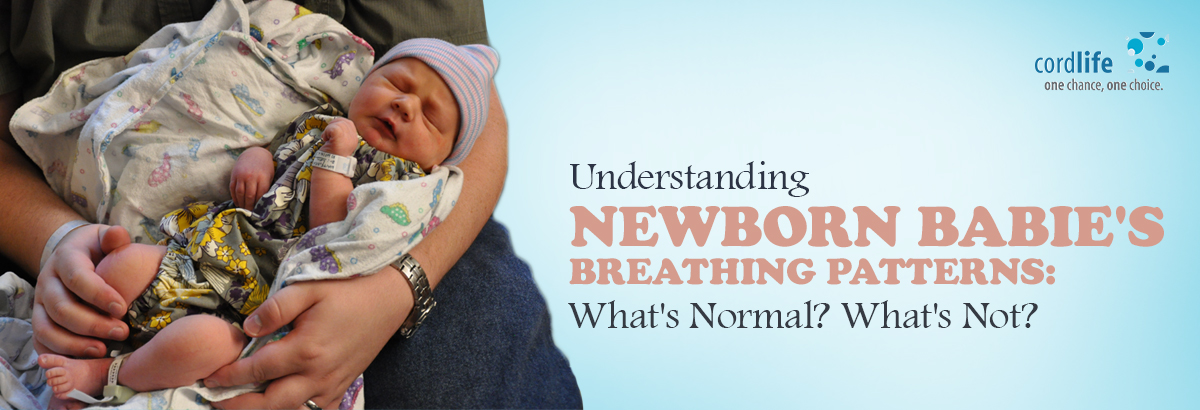Table of Contents
As new parents, it’s heartwarming to watch your little one sleeping. At the same time, you might feel worried when your baby whines, whistles or wheezes.
During these moments, you might wonder whether your newborn’s breathing pattern is normal. It is important to remember that your baby’s lungs and nose are still in the developing stages.
Babies predominantly breathe through their noses, not their mouths, and this is completely normal. Their breathing passageways are quite small, which can result in more noticeable breathing sounds. New parents need to understand this, as it’s a natural part of their development and should not be a cause for concern.
What is the Normal Breathing Pattern of the Newborn Baby?
A newborn baby’s normal breathing pattern is within 40 to 60 times per minute. This is faster than the older children as well as adults. In case the baby’s breathing pattern slows down to 30 to 40 times, while the baby sleeps. Such a pattern is known as periodic breathing, which is quite normal.
Babies unquestionably rely on their diaphragm, the muscle beneath the lungs, for breathing. This is evident as their tummies rise and fall with every breath. Diaphragm-driven breathing ensures efficient air intake and is crucial since the chest muscles are still developing.
Parents need to recognize that this natural pattern is not only normal but vital for their baby’s health. Understanding this will alleviate any concerns and allow you to appreciate the remarkable journey of your baby’s growth.
Why Do Newborns Have Breathing Problems?
There might be changes in breathing patterns or rates in your newborn baby due to respiratory distress. There might be other reasons for the signs of respiratory or breathing problems too. These signs include:
Rapid Breathing
Rapid breathing means 60 breaths per minute. When a baby is overheated or upset, they may breathe fast. However, their breathing usually returns to normal once they’re cooled down or comforted. But, continuous fast breathing can be a sign of breathing problems. A condition in which the breathing stops longer than 20 seconds known as apnea which is a serious issue. Paying attention to these changes allows you to provide the care they need. Keeping your baby cool and cosy promotes steady breathing and contributes to their overall well-being.
Flaring Nostrils
In this case, whenever a baby breathes, their nostrils widen due to insufficient air intake. This is indeed a serious lung condition. In such a health condition, essential oxygen is prevented from reaching the blood and lungs.
Retracting
If you notice the signs of retraction while your newborn baby is breathing, that means the little one is finding breathing very difficult. This problem occurs in the areas between the ribs and the neck, while they are trying to breathe in.
Grunting
In this condition, a baby is having trouble breathing. The baby grunts to build up the oxygen level in the lungs while inhaling. However, there may be sounds of moaning or sighing while exhaling.
Blue Colour
If your baby is suffering from cyanosis (when the skin, lips and/or fingernails turn blue) there could be an oxygen deficiency in the body. This condition is specifically seen in babies with heart defects and respiratory issues.
What are the Signs of a Newborn Breathing Pattern?
The breathing pattern of a newborn is a serious concern for every new parent. The reasons laid out behind the newborn breathing pattern result in the following:
- Whistling noise while your baby is breathing
- The baby will make a hoarse cry or “barking” cough
- The little one will make a high-pitched sound
- You will also notice fast-paced breathing in your little one
Overall, the newborn breathing pattern is quite normal, but in case the baby breathes faster you can visit the healthcare to get him or her checked. Take care of them. Let them know you love them more than anything else in your life.
